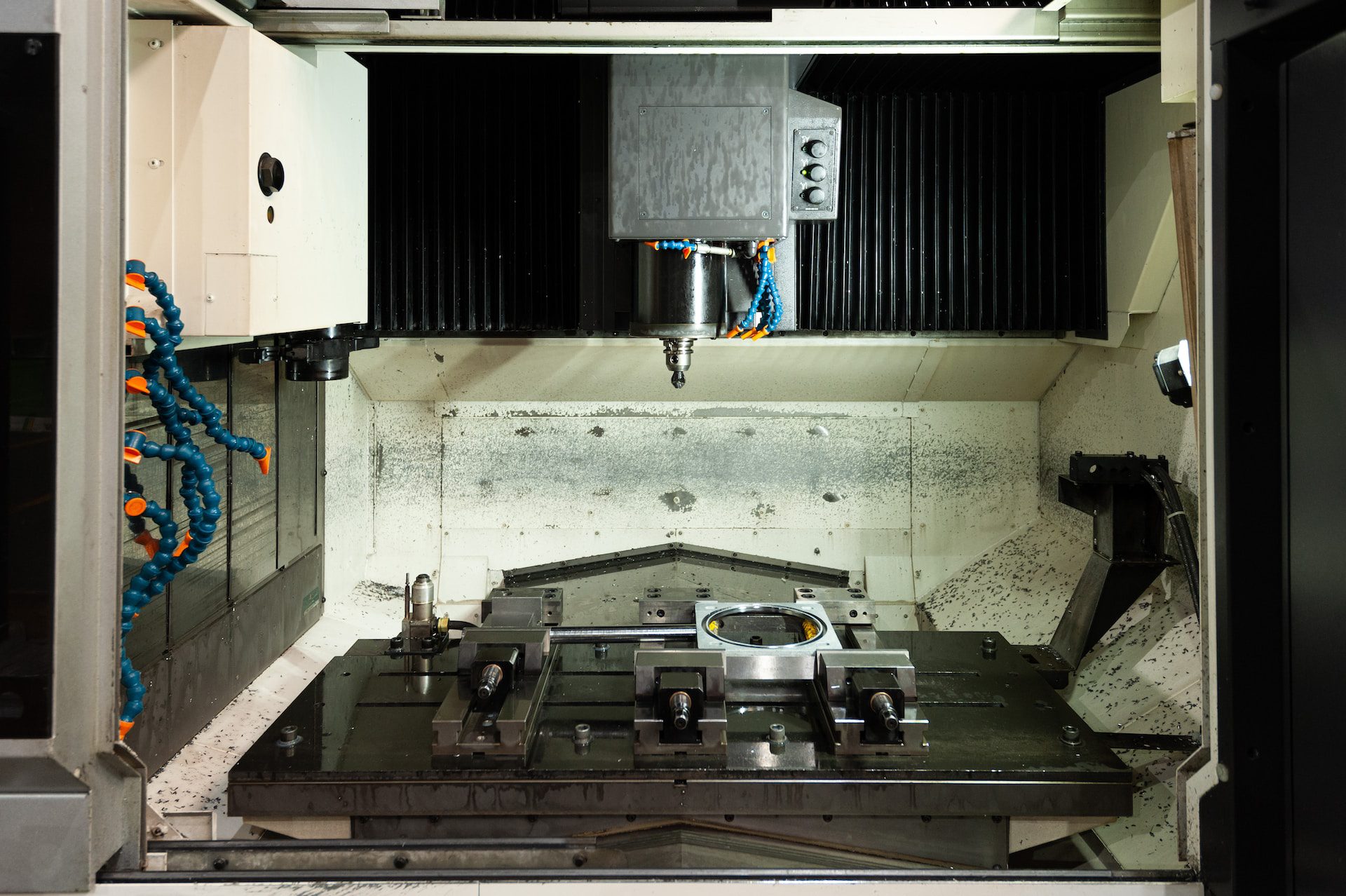
Sustainability and environmental responsibility are becoming increasingly important factors in the world of manufacturing, and the 3D printing industry is no exception. As global demand for products and services continues to grow, finding eco-friendly solutions for production processes is crucial in our pursuit of a more sustainable future. 3D printing, or additive manufacturing, holds remarkable potential as a key driver of sustainable development, but it is essential to approach this technology with an environmentally conscious mindset and a commitment to continuous improvement.
In recent years, we have seen significant advancements in more sustainable materials, process optimization, and project life-cycle assessment in the 3D printing realm. Responsible material selection, energy efficiency, waste reduction, and recycling initiatives are cornerstones of a sustainable 3D printing strategy. Early adoption of these strategies by businesses, researchers, and institutions can contribute to a more circular economy and set a precedent for responsible manufacturing practices.
In this comprehensive guide, we will discuss the current state of sustainable 3D printing, explore various strategies for maximising environmental responsibility in additive manufacturing processes, identify promising developments in sustainable materials and technology, and discuss the future role of 3D printing in promoting a greener, more circular economy. Join us as we delve into a new age of sustainable manufacturing, driven by the power of 3D printing and our collective dedication to a healthier, more balanced environment.
Energy consumption remains a significant concern when it comes to 3D printing sustainability. However, several strategies can be employed to minimise energy usage during the printing process, including:
1. Optimising Print Settings: Adjusting print settings, such as layer height, printing temperature, and print speed, can significantly influence energy consumption. Fine-tuning these parameters to balance print quality and energy efficiency is key to a sustainable 3D printing practice.
2. Utilising Efficient Machine Design: The design and engineering of the 3D printer itself can also impact energy usage. Features such as effective heat management, energy-saving standby mode, and lightweight components can help to reduce overall energy consumption.
3. Reducing Printing Time: By minimising the time taken to print an object, the overall energy expenditure is also decreased. Strategies for reducing print time include optimising the model design, selecting an appropriate infill pattern, and utilising multi-vat printing techniques where possible.
The choice of material plays a vital role in minimising environmental impact. Incorporating more sustainable options in 3D printing can lead to several advantages, such as reduced resource consumption and improved recyclability. Some eco-friendly materials worth considering include:
1. PLA (Polylactic Acid): As a renewable, plant-based thermoplastic, PLA is a popular choice for environmentally responsible 3D printing projects. Derived from renewable sources such as cornstarch, PLA is biodegradable, compostable, and emits fewer volatile organic compounds (VOCs) during the printing process.
2. Recycled PET (Polyethylene Terephthalate): Utilising recycled PET from discarded plastic bottles can help reduce waste and resource consumption. Recycled PET filament provides an alternative for those seeking eco-friendly options without compromising on strength, durability, and flexibility.
3. Bio-based and Biodegradable Polymers: Researchers are continuously developing new bio-based and biodegradable polymers that offer sustainable alternatives to traditional petroleum-based plastics. These include biodegradable polyesters, bio-based polyamides, and cellulose-based materials.
Waste reduction and effective waste management play a pivotal role in making 3D printing more sustainable. Consider the following strategies for a greener operation:
1. Minimising Support Structures: Optimising the design to reduce or eliminate the need for support structures can minimise waste during the printing process. This may include using self-supporting geometries, reducing overhangs, and using dissolvable support materials where possible.
2. Reusing and Recycling Print Materials: Collecting leftover scraps and waste materials from 3D prints can provide valuable resources for other applications. Filament recycling machines can be used to create new filament from waste material, making the 3D printing process more circular and eco-friendly.
3. Implementing End-of-Life Product Management: Adequate planning for end-of-life disposal and recycling of 3D printed products is essential for maintaining sustainability. Encouraging the use of recyclable materials and providing proper recycling channels can contribute to responsible end-of-life product management.
As the industry evolves, innovative technologies and practices continue to emerge, paving the way for an increasingly sustainable future in additive manufacturing. Some potential advancements in this field include:
1. Localised Manufacturing: The decentralisation of manufacturing through 3D printing can significantly reduce global shipping emissions and waste associated with traditional supply chains.
2. Sustainable Printing Processes: Researchers are developing new methods and processes with a focus on eco-friendliness, with advancements in areas such as cold-sintering and low-energy additive manufacturing techniques.
3. Advanced Material Solutions: Ongoing research into novel, sustainable materials will continue to offer more options for eco-friendly 3D printing in the future.
As 3D printing technology continues to evolve, it is crucial that sustainability remains at the forefront of our collective efforts to minimise the environmental impact of additive manufacturing. By committing to strategies such as optimising energy efficiency, embracing eco-friendly materials, and reducing waste, we can contribute to a more circular and responsible manufacturing ecosystem.
As a leading provider of 3D printing services in Sydney, 3D APAC is passionate about sustainability and dedicated to implementing best practices in our operations while staying abreast of advancements in eco-friendly 3D printing solutions. If you share our passion for sustainable, cutting-edge 3D printing technology, contact us today to discuss your project needs, explore our range of sustainable material options, and learn how our expertise in environmentally responsible additive manufacturing can help turn your vision into reality!
3D APAC Pty Ltd Copyright © 2023. All rights reserved